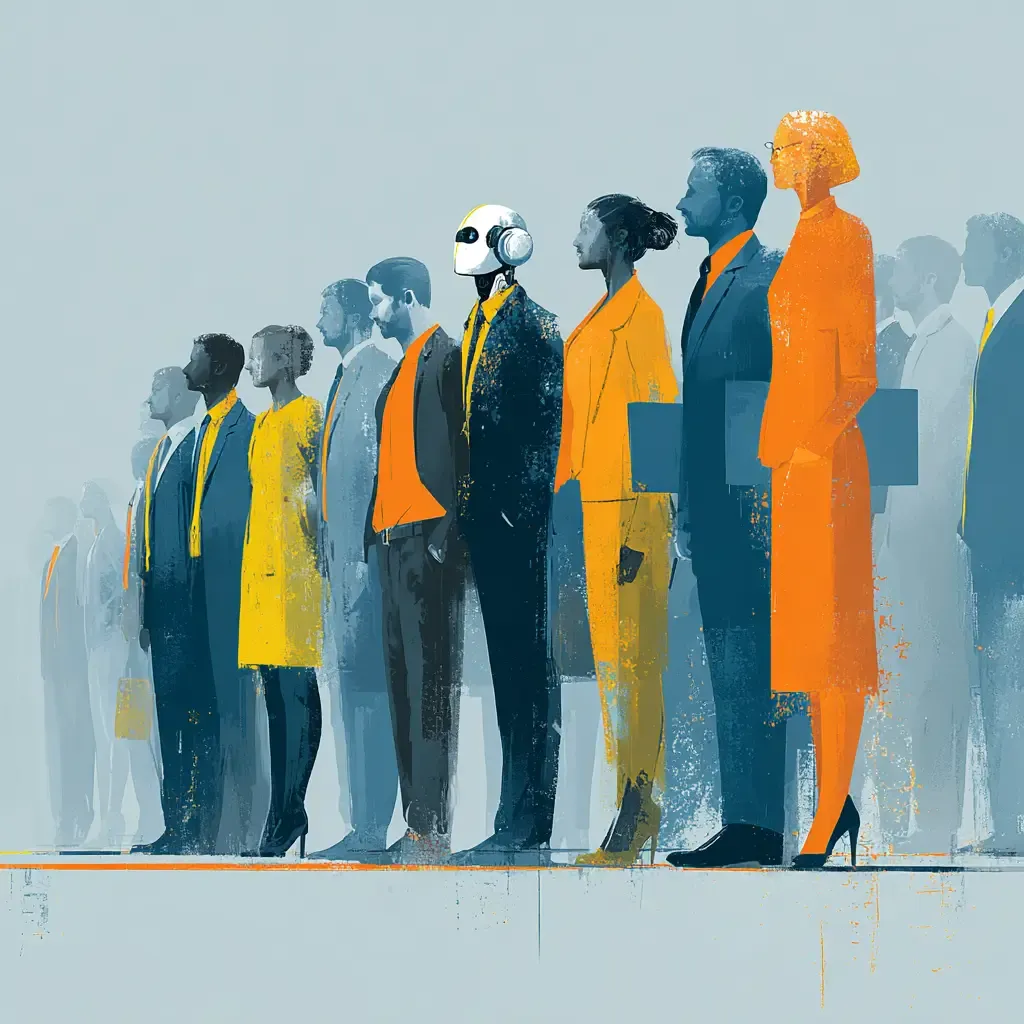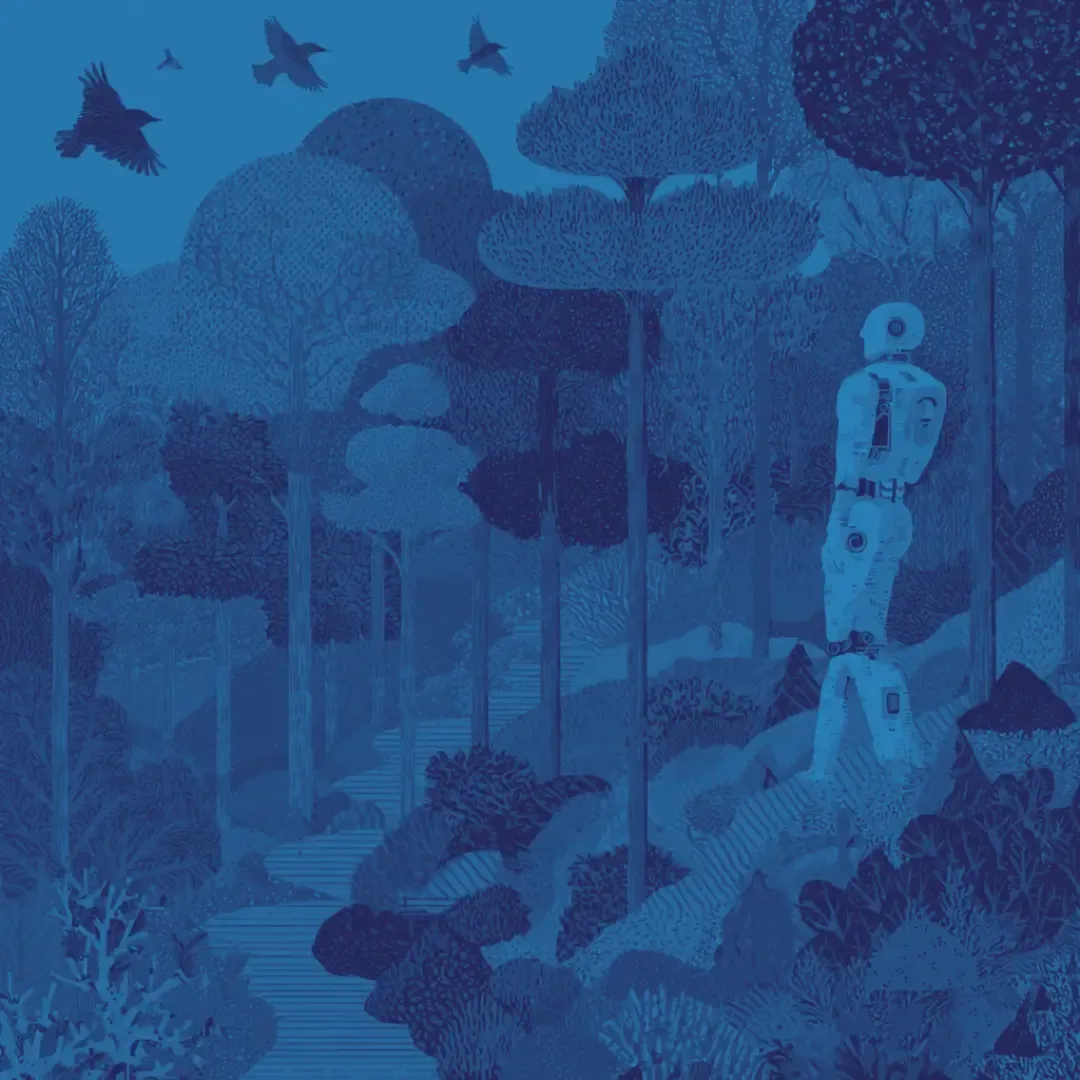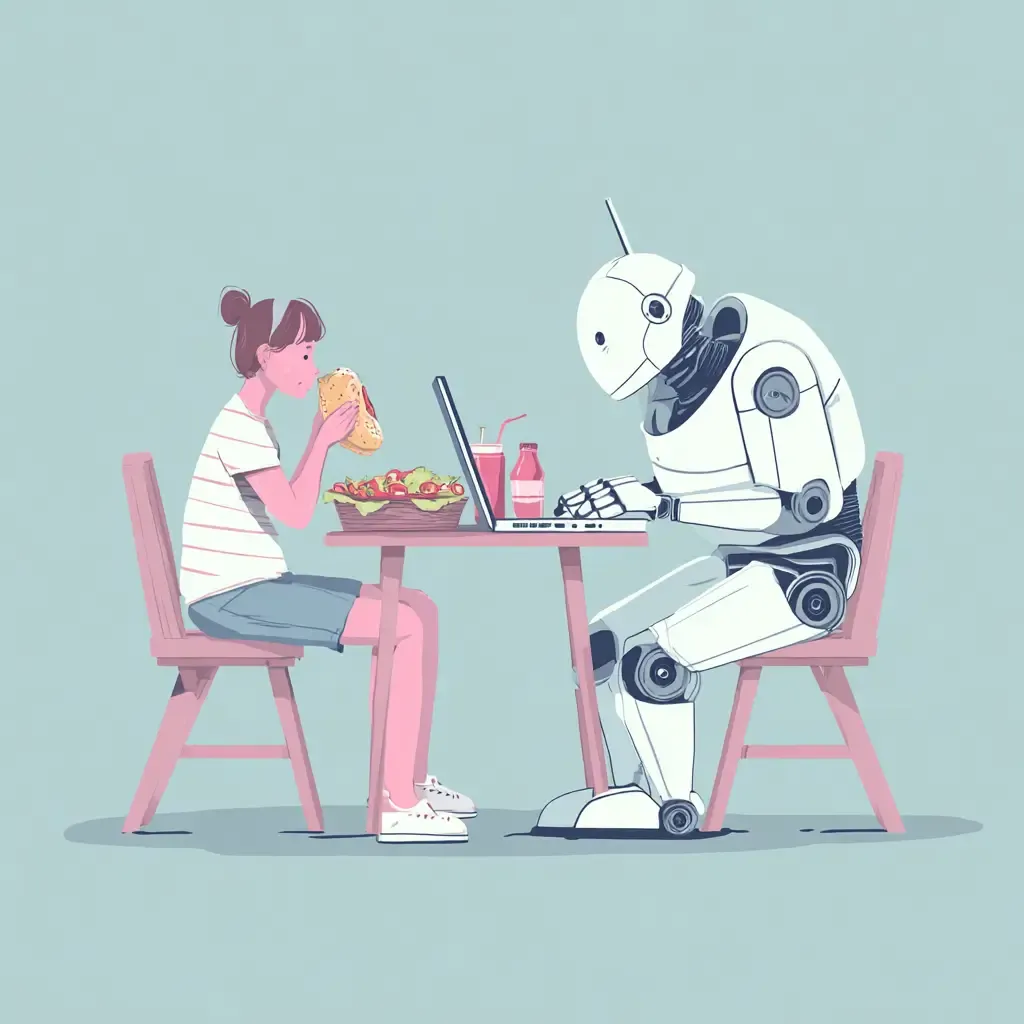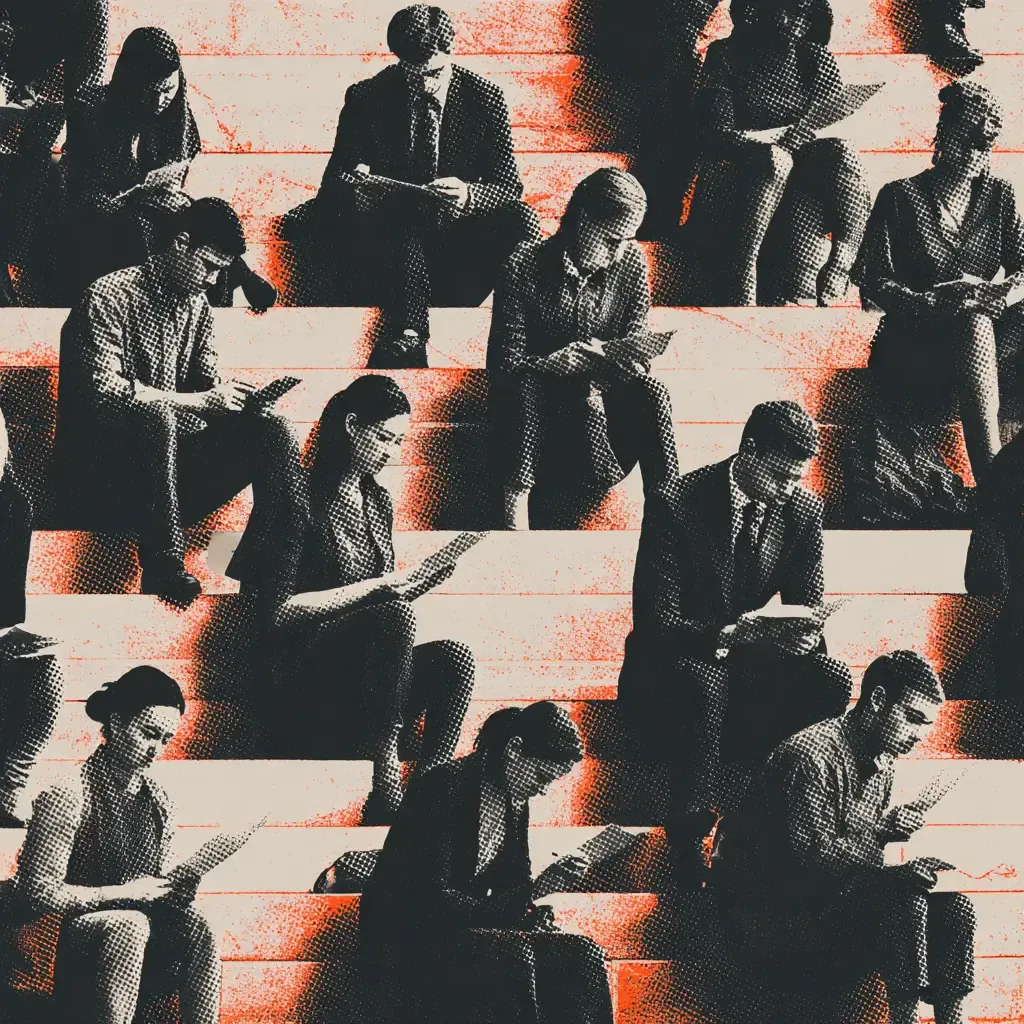How AI-powered nudges are reshaping workplace wellness and the HR agenda
TL;DR: Employee well-being is moving beyond surveys and perks into AI-driven systems that sense work patterns, predict burnout, and deliver personalized nudges in real time. For HR and change leaders, the opportunity lies in using these tools to reduce burnout, build resilience, and drive sustainable performance—while navigating new risks of trust, bias, and digital fatigue.
In a world of dashboards, deadlines, and daily demands, well-being has become a business imperative. But what if the next leap forward in workplace wellness isn't a meditation app or a health benefit perk? What if it's an AI agent—intelligent, invisible, and tuned to your work rhythms?
Welcome to the next frontier of HR: AI-powered well-being systems.
Beyond Surveys and Step Counts
Traditional wellness programs rely heavily on self-reporting, quarterly surveys, and participation rates in health initiatives. These methods, while useful, are slow, reactive, and often miss the subtle cues of burnout, disengagement, or cognitive overload.
AI opens the door to real-time, predictive interventions.
Imagine an intelligent system that passively reads signals from calendars, Slack messages, app usage patterns, and physiological data (where permissioned), then uses multi-agent models to recommend subtle, personalized nudges:
- "Reschedule that back-to-back meeting block."
- "Take a 7-minute break—your focus has dipped."
- "Your heart rate variability has dropped—consider a walk."
- "You’ve hit 6 hours of deep focus time. Want to wrap for today?"
This is already happening. Companies like Thrive Global and Microsoft Viva are layering AI on top of behavioral science to create systems that work with employees, not on them.
The Tech Stack Behind the Nudge
At the core are three emerging capabilities:
- Sensing: Systems ingest passive signals from collaboration tools, wearables, and even sentiment analysis on chat. Advanced tools now offer API-based access to real-time user behavior.
- Reasoning: Machine learning models interpret signals and forecast states like fatigue, stress, or focus quality. Large language models enhance personalization by understanding context.
- Acting: AI agents deliver just-in-time nudges across platforms—email, chat, or dashboards. Some platforms even trigger workflow automations based on wellness scores.
The best systems are frictionless, privacy-aware, and deeply integrated into the flow of work.
The Change Practitioner’s Opportunity
For change managers and HR professionals, this is a pivotal moment. These systems are not just about wellness—they’re about sustainability of performance. Burnout is a change risk. So is disengagement. If we treat well-being as an operational variable, we can:
- Embed resilience metrics into KPIs
- Partner with IT and compliance to shape ethical AI use
- Equip managers with visibility into team load—not to punish, but to pace
- Pilot low-stakes nudging systems in transformation projects
Risks and Responsibilities
But this frontier comes with new responsibilities:
- Consent and Trust: Any system that reads behavioral data must be opt-in, transparent, and explainable.
- Bias and Burnout Loops: Over-reliance on AI signals can reinforce presenteeism or normalize overwork if not calibrated.
- Digital Fatigue: Nudges should be gentle, sparse, and human-centered—not just another notification.
Real Talk from the Field
We’re already seeing frontline stories of transformation:
“We saw burnout spike during the last rollout. This time, we used nudges to space work and coach team leads. Attrition dropped 12%.” — Transformation Leader, Global Tech Firm
“Our AI agent noticed our team’s working hours creeping up. It recommended a Friday focus block. Productivity and satisfaction improved.” — Agile Coach, Financial Services
Final Thought
AI for well-being isn't about replacing managers or automating empathy. It's about building organizational systems that pay attention. When AI helps us notice—our limits, our needs, our humanity—it becomes a lever for real, human-centered transformation.
And that’s a change worth making.
ChangeGuild: Power to the Practitioner™
Frequently Asked Questions
Q: What is AI-powered employee well-being?
AI-powered employee well-being uses intelligent systems to sense work patterns, predict stress or burnout, and provide real-time nudges that help employees manage workload, focus, and recovery.
Q: How does this differ from traditional wellness programs?
Traditional programs rely on surveys, participation rates, or self-reporting. AI systems analyze real-time data from calendars, collaboration tools, and wearables to provide proactive, personalized guidance.
Q: What kinds of nudges can AI well-being systems deliver?
Examples include reminders to take short breaks, suggestions to reschedule meetings, notifications about workload imbalance, or prompts to wrap up after extended focus sessions.
Q: What technologies enable these systems?
They combine sensing (data from tools and wearables), reasoning (machine learning and language models), and acting (nudges delivered via chat, email, or workflow automation).
Q: Are any companies already using AI for well-being?
Yes. Platforms like Microsoft Viva and Thrive Global are layering AI onto behavioral science to deliver just-in-time interventions.
Q: How can HR and change leaders use these tools?
They can embed resilience metrics into KPIs, work with IT to ensure ethical use of data, and pilot AI nudging systems during transformations to reduce burnout and disengagement.
Q: What are the risks of AI-driven wellness?
Risks include employee distrust if consent and transparency are lacking, bias in algorithms that reinforce presenteeism, and digital fatigue from poorly designed nudges.
Q: How can organizations address privacy concerns?
By ensuring all systems are opt-in, transparent about what data is collected, explainable in how nudges are generated, and respectful of employee consent.
Q: What role does change management play?
Change practitioners can act as translators between HR, IT, and leadership—framing AI well-being not as surveillance, but as a performance-sustainability tool.
Q: Can AI replace human empathy in management?
No. AI augments awareness and provides signals, but managers must still bring empathy, judgment, and human connection to conversations about workload and well-being.
Rethink Wellness in the Age of AI
AI isn’t just for automation—it’s becoming a frontline tool for protecting your people from burnout and disengagement. If you’re leading change or HR initiatives, now is the time to explore how AI-powered nudging systems can boost resilience and sustain performance.
Let’s design the future of well-being together.
This post is free, and if it supported your work, feel free to support mine. Every bit helps keep the ideas flowing—and the practitioners powered. [Support the Work]







